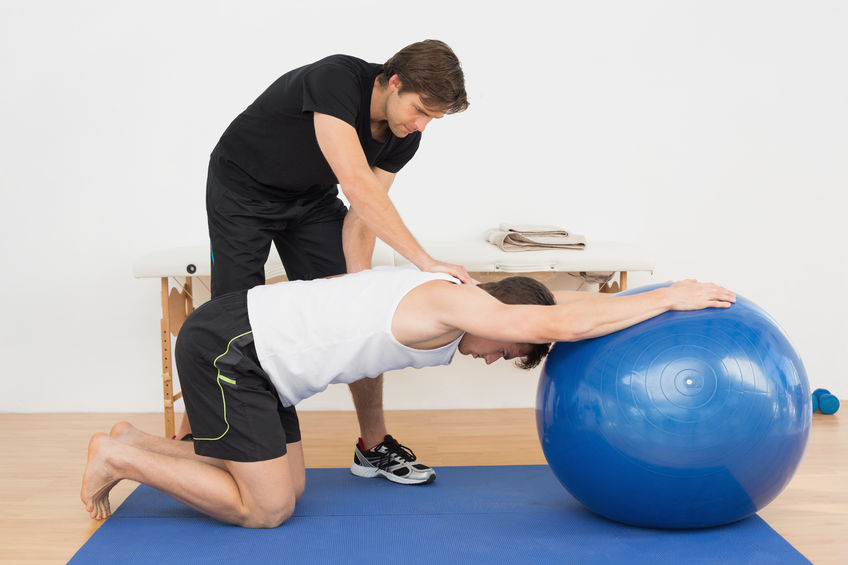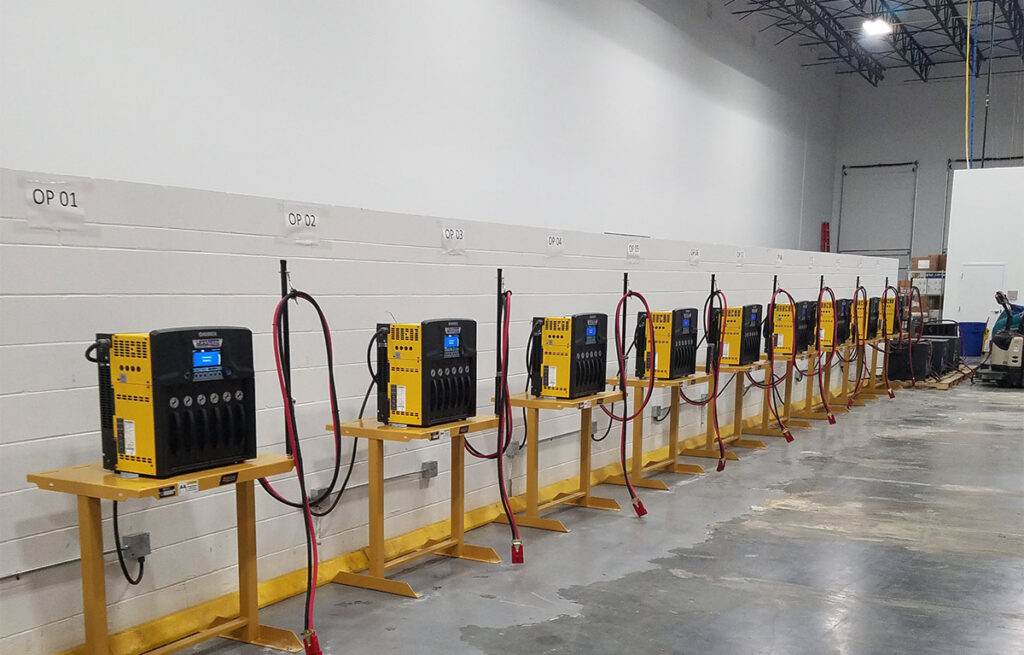When it comes to health and wellness, active physiotherapy plays a crucial role in improving mobility, reducing pain, and enhancing overall quality of life. At Active Physiotherapy, individuals can access personalized care tailored to their specific needs.
Whether recovering from an injury, managing a chronic condition, or seeking to enhance physical performance, active physiotherapy provides a comprehensive approach to rehabilitation and wellness.
What is Active Physiotherapy?
Active physiotherapy focuses on movement-based therapy to restore function and improve physical well-being. Unlike passive treatments, such as massages or electrical stimulation, active physiotherapy emphasizes participation through exercises, stretches, and functional training. This proactive approach helps patients regain strength, flexibility, and independence.
Who Can Benefit from Active Physiotherapy?
Active physiotherapy is suitable for individuals of all ages and backgrounds. Common conditions treated include:
- Injuries: Sports injuries, fractures, or sprains.
- Chronic Pain: Conditions like arthritis, back pain, or neck pain.
- Post-Surgical Rehabilitation: Recovery after orthopedic surgeries.
- Neurological Disorders: Stroke recovery, multiple sclerosis, or Parkinson’s disease.
- Workplace Injuries: Repetitive strain injuries or physical trauma.
Whether you’re an athlete, office worker, or senior citizen, active physiotherapy offers tailored solutions for diverse needs.
Key Benefits of Active Physiotherapy
1. Pain Management
Active physiotherapy reduces pain through targeted exercises that address the root cause of discomfort. Regular movement helps improve blood flow and reduce inflammation.
2. Improved Mobility and Flexibility
Stiffness and limited mobility are common after injuries or prolonged inactivity. Active physiotherapy incorporates stretching and movement techniques to restore flexibility and range of motion.
3. Faster Recovery
Engaging in guided exercises accelerates healing by strengthening muscles and joints, promoting stability, and preventing re-injury.
4. Enhanced Strength and Endurance
By focusing on muscle engagement, active physiotherapy builds strength, which is vital for long-term physical health and injury prevention.
5. Holistic Approach
Active physiotherapy doesn’t just treat symptoms; it targets the underlying issues, ensuring lasting results and improved overall wellness.
Steps in an Active Physiotherapy Program
1. Initial Assessment
Every treatment begins with a thorough evaluation. The physiotherapist assesses your medical history, current physical condition, and specific goals. This step helps create a personalized treatment plan.
2. Setting Goals
Clear, measurable goals are established based on the patient’s needs. For example, goals could include reducing pain levels, regaining full range of motion, or improving balance.
3. Exercise Prescription
A tailored exercise program is designed. Common exercises include:
- Strengthening Exercises: Target weak muscles to improve stability.
- Stretching: Alleviate stiffness and improve flexibility.
- Balance Training: Enhance coordination and prevent falls.
- Functional Training: Practice movements required for daily activities.
4. Active Participation
Patients are encouraged to take an active role in their recovery. Consistency with prescribed exercises is key to achieving desired results.
5. Progress Monitoring
Physiotherapists track progress regularly and make adjustments to the treatment plan as needed. This ensures continued improvement and avoids plateaus.
Active Physiotherapy at Active Physiotherapy
At Active Physio care, patients receive evidence-based treatments in a supportive environment. Key features of their services include:
1. Expert Team
Highly qualified physiotherapists bring years of experience and specialized training to deliver effective care.
2. State-of-the-Art Facilities
Modern equipment and advanced techniques are used to ensure optimal outcomes for patients.
3. Personalized Care Plans
Treatment plans are customized to address individual goals, making recovery efficient and effective.
4. Holistic Services
Beyond physiotherapy, complementary services such as massage therapy, acupuncture, and ergonomic assessments are offered to support comprehensive wellness.
How to Get Started with Active Physiotherapy
Step 1: Schedule a Consultation
Visit Active Physiotherapy to book your initial appointment. Early intervention can prevent minor issues from becoming chronic problems.
Step 2: Prepare for Your First Visit
Wear comfortable clothing and bring any relevant medical documents, such as imaging reports or doctor’s referrals. Be ready to discuss your symptoms and goals.
Step 3: Follow the Plan
Consistency is critical in active physiotherapy. Attend all scheduled sessions and complete at-home exercises as instructed.
Step 4: Communicate Progress
Share feedback with your physiotherapist. If certain exercises are too challenging or if you experience new symptoms, your plan can be adjusted
Tips for Maximizing Results
- Stay Committed: Regular attendance and adherence to your exercise routine ensure steady progress.
- Adopt a Healthy Lifestyle: Complement therapy with proper nutrition and adequate rest.
- Practice Patience: Recovery takes time, so stay motivated even if results aren’t immediate.
- Ask Questions: Understanding your treatment plan empowers you to take charge of your health.
Conclusion
Active physiotherapy is a transformative approach to healing and wellness. By focusing on active participation and tailored treatments, it empowers individuals to achieve their health goals. At Active Physiotherapy, expert care ensures patients regain mobility, reduce pain, and enhance overall quality of life. If you’re ready to embark on your journey to recovery, schedule your consultation today and take the first step towards a healthier, more active lifestyle.






